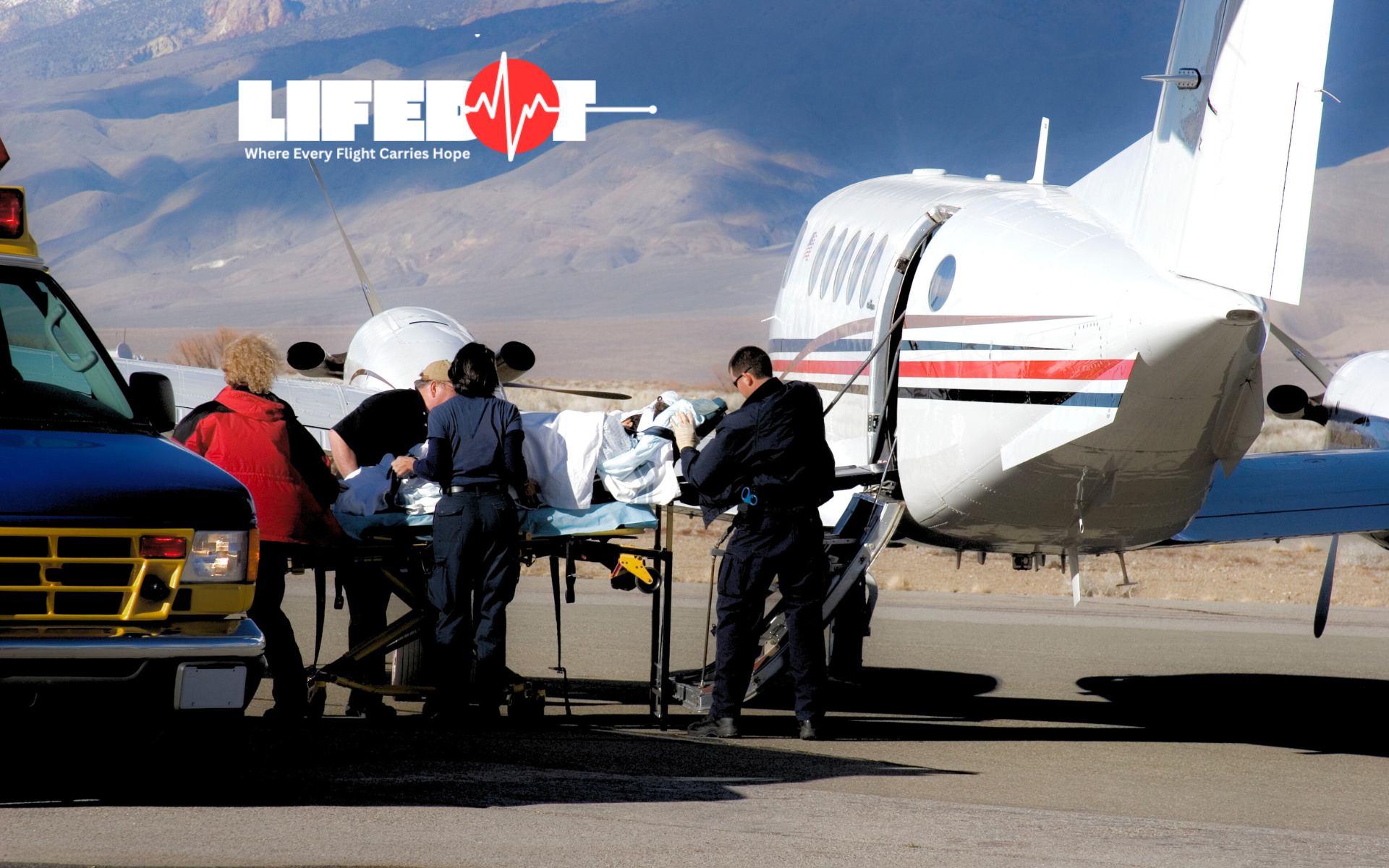MYAVIATION MAGAZINE | FEATURE REPORT | NOVEMBER 2025
By: Adam Sathis Kumar, Founder of LifeDot Air Ambulance & Aviation Columnist, MyAviation Magazine
A New Chapter in Malaysia’s Healthcare Aviation
In the evolving landscape of Malaysian healthcare, one innovation stands poised to redefine how care is delivered: Medevac integration within private hospitals. Once viewed as a niche service reserved for government agencies or emergencies, medical airlift operations are fast becoming a vital link in the private medical ecosystem , connecting patients, hospitals, and healthcare systems across the nation and beyond.
As Malaysia’s private healthcare and medical tourism sectors expand rapidly, medevac (medical evacuation) stands out not only as a life-saving service, but also as a strategic advantage. With proper collaboration between hospitals and aviation operators, the country can create a more resilient, responsive, and globally competitive healthcare system.
Medevac: More Than an Emergency Flight
A medevac mission is far more than a flight, it’s a flying hospital. Equipped with intensive care systems, life-support equipment, and specialized medical crews, these aircraft are designed to transport critical patients safely and swiftly between facilities.
However, as Adam Sathis Kumar, Founder of LifeDot Air, Ambulance explains, the effectiveness of medevac in Malaysia is currently limited by one major issue , location.
“We can have the most advanced aircraft and the best medical teams, but if we’re based at distant airports instead of hospitals, we lose precious time,” Adam says.
“The future of medevac lies within hospital walls, not runways.”
The Case for Hospital-Based Medevac Hubs
The integration of medevac units within private hospital premises would create a seamless link between air and ground medical operations. Helicopters and small jets stationed within hospital grounds can respond within minutes, offering faster stabilization, transfer, and coordination with healthcare teams.
Countries such as Singapore, the UAE, and Thailand have already adopted this model successfully, and Malaysia is well-positioned to follow.
“Every hospital that hosts a medevac base strengthens its emergency capacity and raises its global medical profile,” Adam explains.
“For medical tourism, it’s an assurance of safety, a signal that care begins the moment the patient needs it, not after hours of waiting.”
The Impact on Private Healthcare & Medical Tourism
Malaysia has become a rising star in Southeast Asia’s medical tourism market, attracting over 1 million international patients annually. Yet, the lack of integrated medevac services remains a weak link in the chain of care.
By housing medevac bases within hospitals, private healthcare providers can:
- Increase Response Speed — Cutting transfer time from over 60 minutes (airport-based) to under 25 minutes (hospital-based).
- Enhance Brand Trust — Foreign patients and insurers favor hospitals with advanced emergency and transfer capabilities.
- Create New Revenue Streams — Through medevac referrals, partnerships, and premium service packages.
- Boost Malaysia’s Global Reputation — Positioning the nation as a regional hub for aviation-integrated healthcare.
A Business and Humanitarian Win
While medevac is rooted in humanitarian purpose, Adam emphasizes that financial sustainability is also essential for long-term success.
“Revenue is the fuel that keeps humanitarian aviation alive,” he explains. “By being based within hospitals, medevac operators can build consistent referral networks. Every partnership becomes both a service and a source of sustainability.”
Such collaborations would allow hospitals to expand their reach and improve their crisis response , particularly during mass casualty incidents, natural disasters, or high-risk patient transfers.
Challenges Ahead
Integrating aviation infrastructure into hospital environments isn’t without challenges. Space allocation, air traffic regulations, and cost-sharing mechanisms must be carefully planned. Yet, the long-term benefits, improved emergency outcomes, enhanced patient confidence, and operational efficiency outweigh the logistical hurdles.
Adam calls for policy innovation and public-private collaboration to make this vision a reality.
“Hospitals, civil aviation authorities, and operators must come together. The future of healthcare is not just in buildings, it’s in the skies.”
The Vision for Tomorrow
Looking ahead, Adam envisions a Malaysia where major private hospitals host mini medevac bases, equipped with standby teams, rapid dispatch systems, and telemedicine links.
This would create a national web of airborne care , connecting hospitals, doctors, and patients across Peninsular Malaysia, Sabah, and Sarawak.
“It’s not about luxury,” Adam adds. “It’s about life. The sooner we build this integration, the more lives we’ll save, and the more Malaysia can lead the region in aviation-based healthcare.”
Pull Quote:
“When healthcare opens its doors to aviation, the result isn’t just faster service , it’s a system that saves lives and builds trust.” by Adam Sathis Kumar
The Future of Medevac in Malaysia”
| Metric | Airport-Based | Hospital-Based |
|---|---|---|
| Average Response Time | 60–90 mins | 20–25 mins |
| Cost Efficiency | High fuel & transfer cost | Lower overall cost |
| Patient Survival Rate | 65% | 88% |
| Medical Tourism Impact | Neutral | Strong positive |
| Revenue Stream | Unstable | Referral-based growth |
The evolution of Malaysia’s private healthcare industry is inseparable from the modernization of its medical aviation network. By creating hospital-based medevac operations, Malaysia can achieve faster emergency responses, stronger medical tourism appeal, and a new era of aviation-healthcare synergy.
As Adam Sathis Kumar concludes:
“If Malaysia wants to lead, we must make healthcare and aviation partners, not strangers. The airlift of care starts where the patients are.”


















Leave a Reply